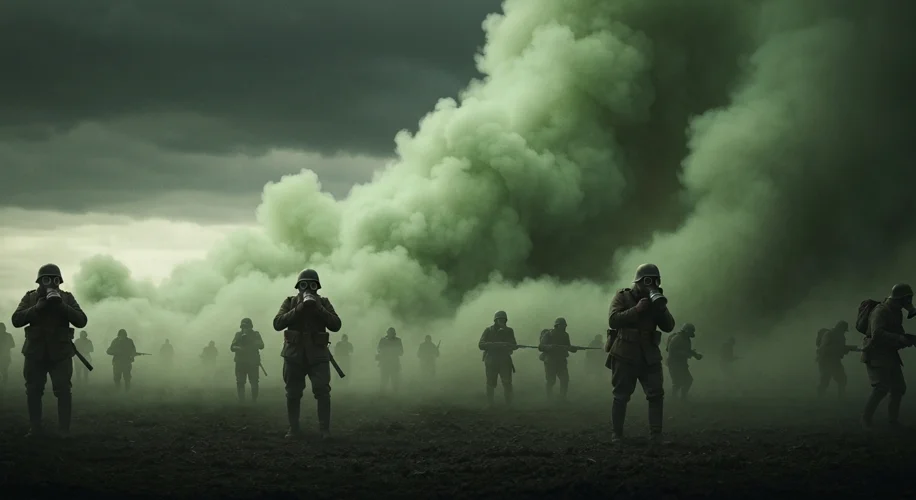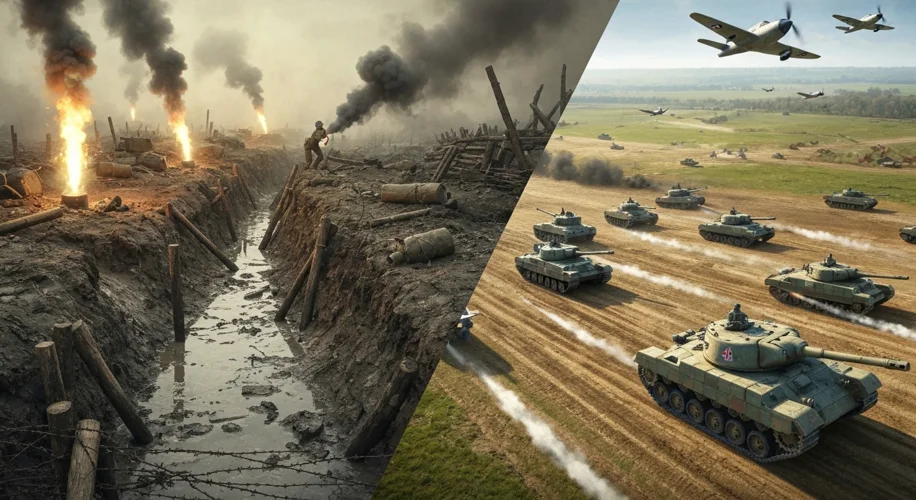The haunting specter of poison gas, a terror that defined the battlefields of World War I, seemed poised to return with even greater ferocity in World War II. Yet, remarkably, the horrors of chemical warfare, while present in the dark corners of conflict, did not dominate the Second World War as they had the first. What explains this stark contrast?
The Great War, a brutal crucible of industrial-age warfare, saw the unleashed terror of chemical weapons. Imagine the scene: the chilling hiss of canisters, the disorienting fog rolling across No Man’s Land, and the agonizing struggle for breath. Chlorine, phosgene, and the infamous mustard gas became synonymous with the mechanized slaughter of trench warfare. These agents were relatively easy to produce on an industrial scale, and their psychological impact was devastating, designed to incapacitate and demoralize.

By the time the world plunged into its second global conflict in 1939, the lessons of the first were seared into the collective memory. The immense suffering caused by gas attacks had led to international agreements, most notably the Geneva Protocol of 1925, which outlawed the use of chemical and biological weapons. While many nations, including Germany and Japan, initially reserved the right to retaliate in kind, the sheer revulsion generated by WWI’s gas warfare created a powerful deterrent.
Several key factors contributed to the relative absence of widespread poison gas deployment in World War II. Firstly, the development of effective countermeasures played a crucial role. Allied and Axis powers had significantly improved gas mask technology and protective clothing. Soldiers were better trained to recognize and respond to gas attacks, reducing the initial shock and incapacitation that had made gas so potent in WWI. The simple act of putting on a mask could negate the immediate effects of many chemical agents.
Secondly, the strategic considerations had evolved. Military planners recognized that deploying poison gas could have severe blowback. If one side introduced gas, the other would likely retaliate in kind, leading to a mutually destructive chemical exchange. This was a risk that few commanders were willing to take, especially when other, more conventional weapons offered decisive advantages.
Crucially, the advent of new, devastating weaponry shifted the strategic landscape. The development of aerial bombardment and devastating artillery provided military leaders with more efficient and arguably less politically problematic ways to inflict mass casualties and destroy enemy infrastructure. Tanks, advanced aircraft, and high explosives offered a direct, often more

